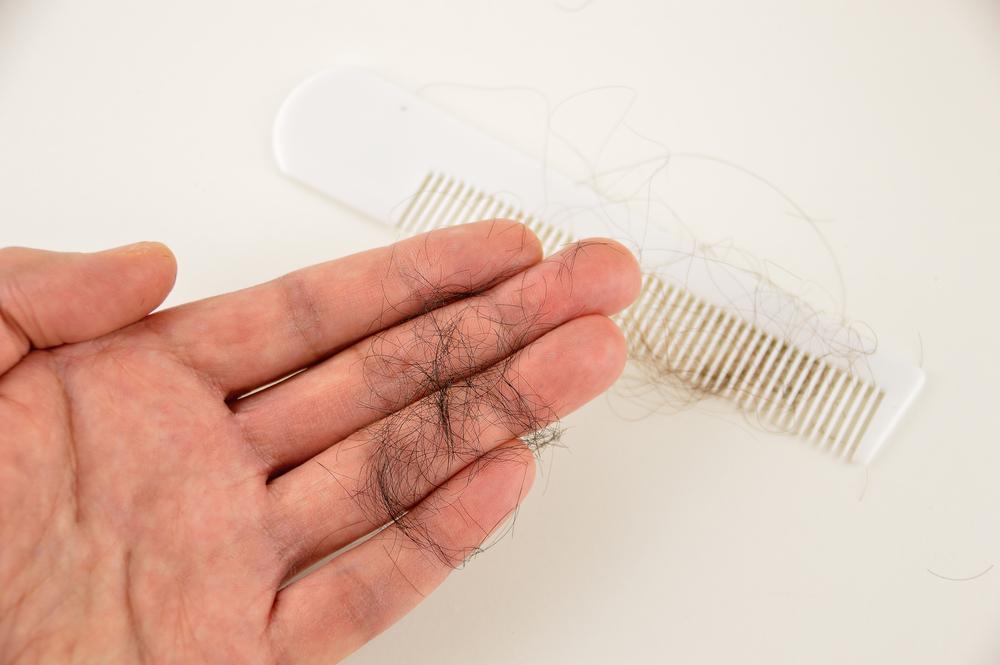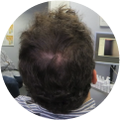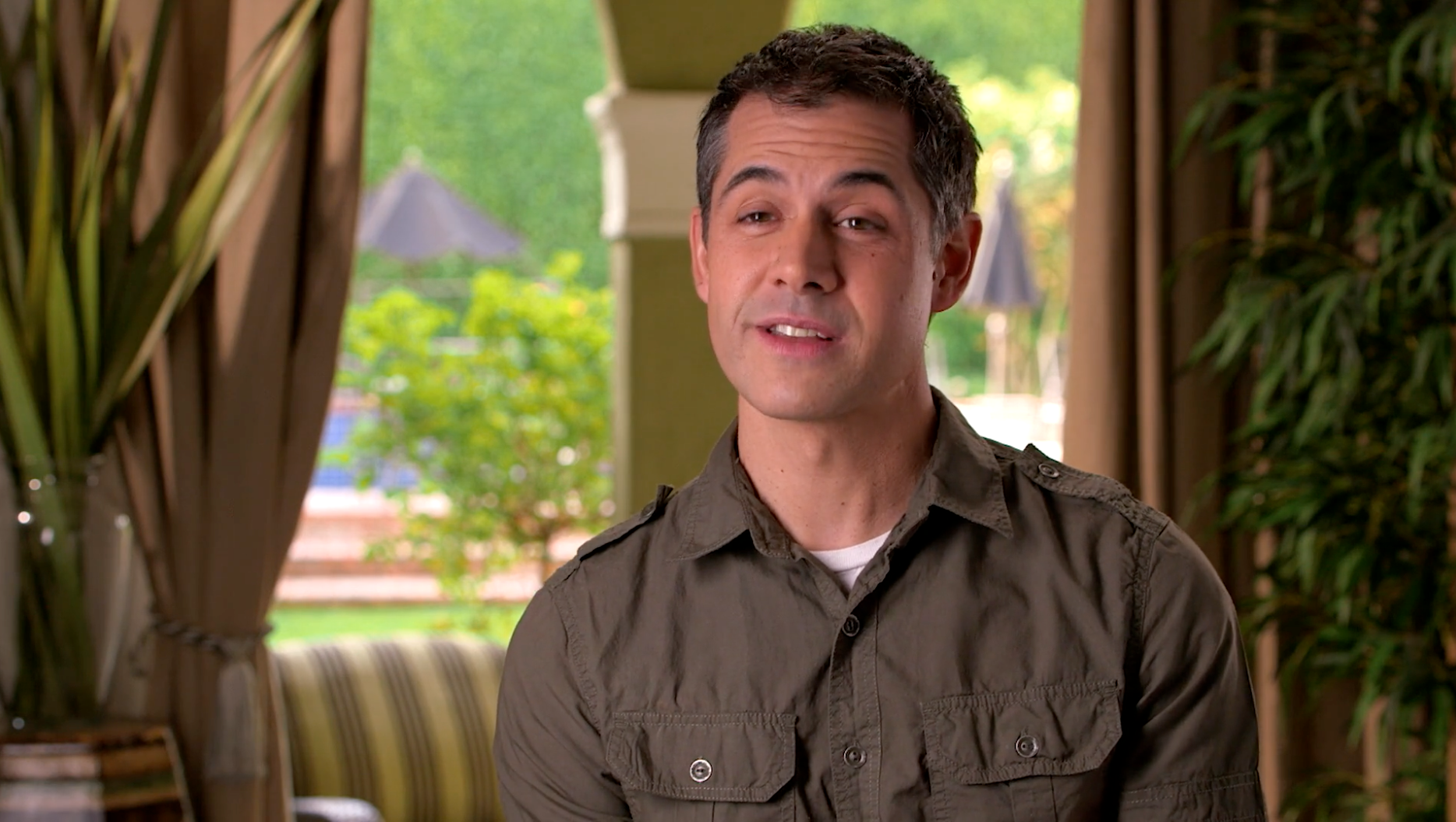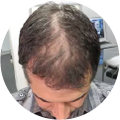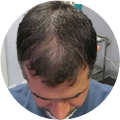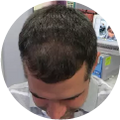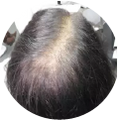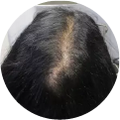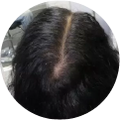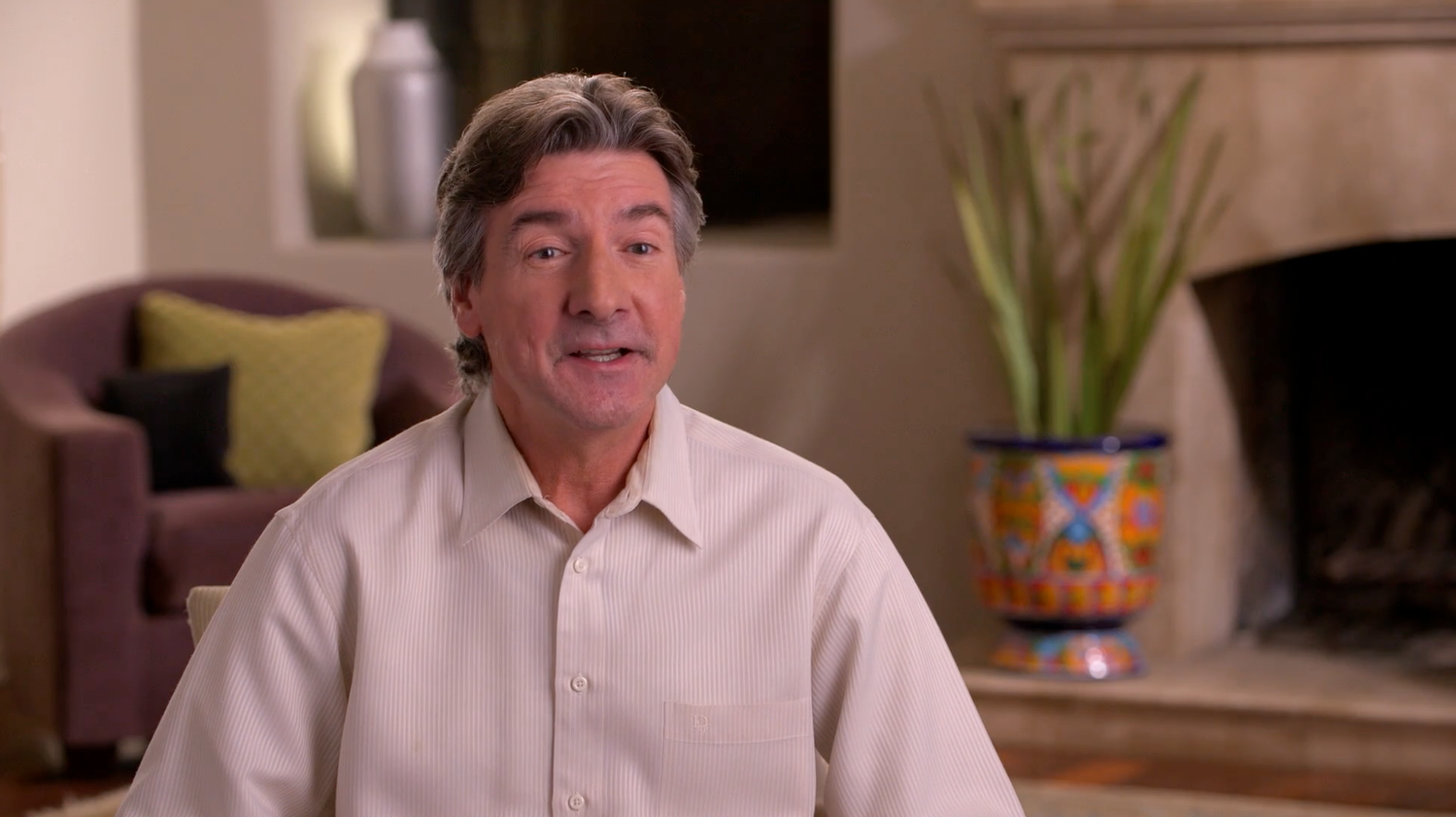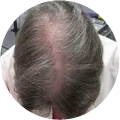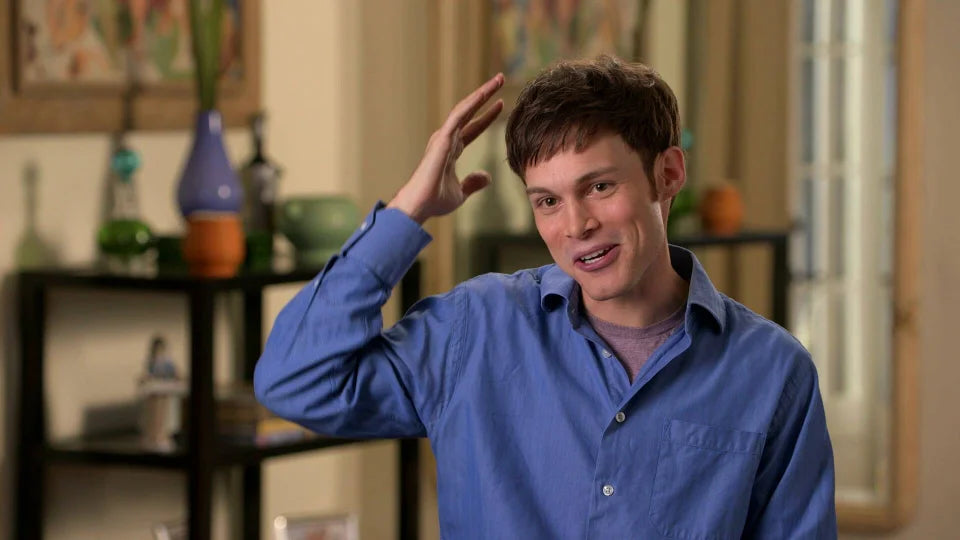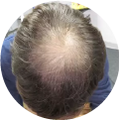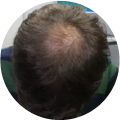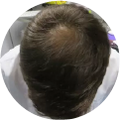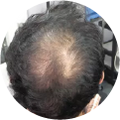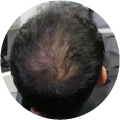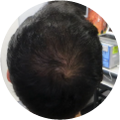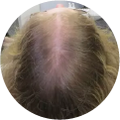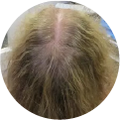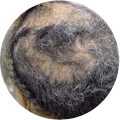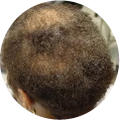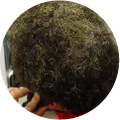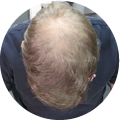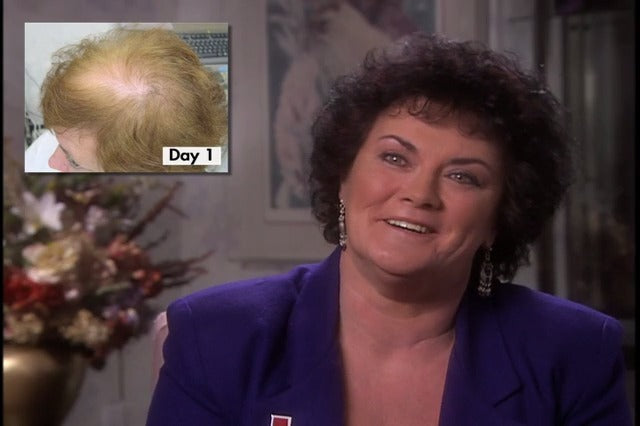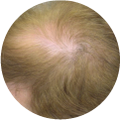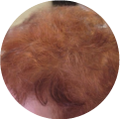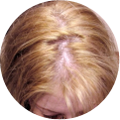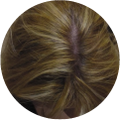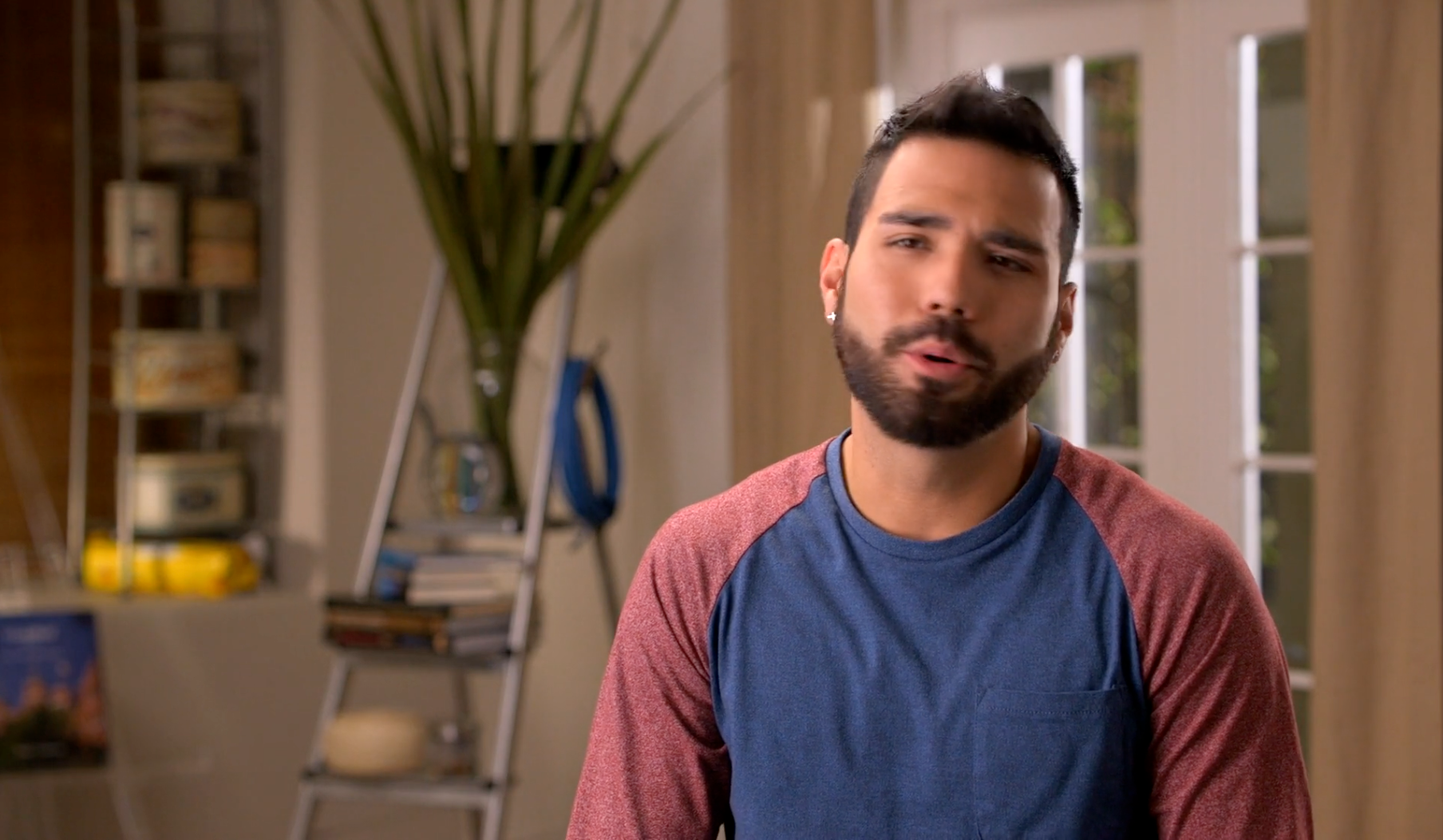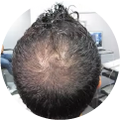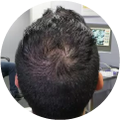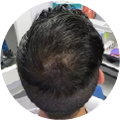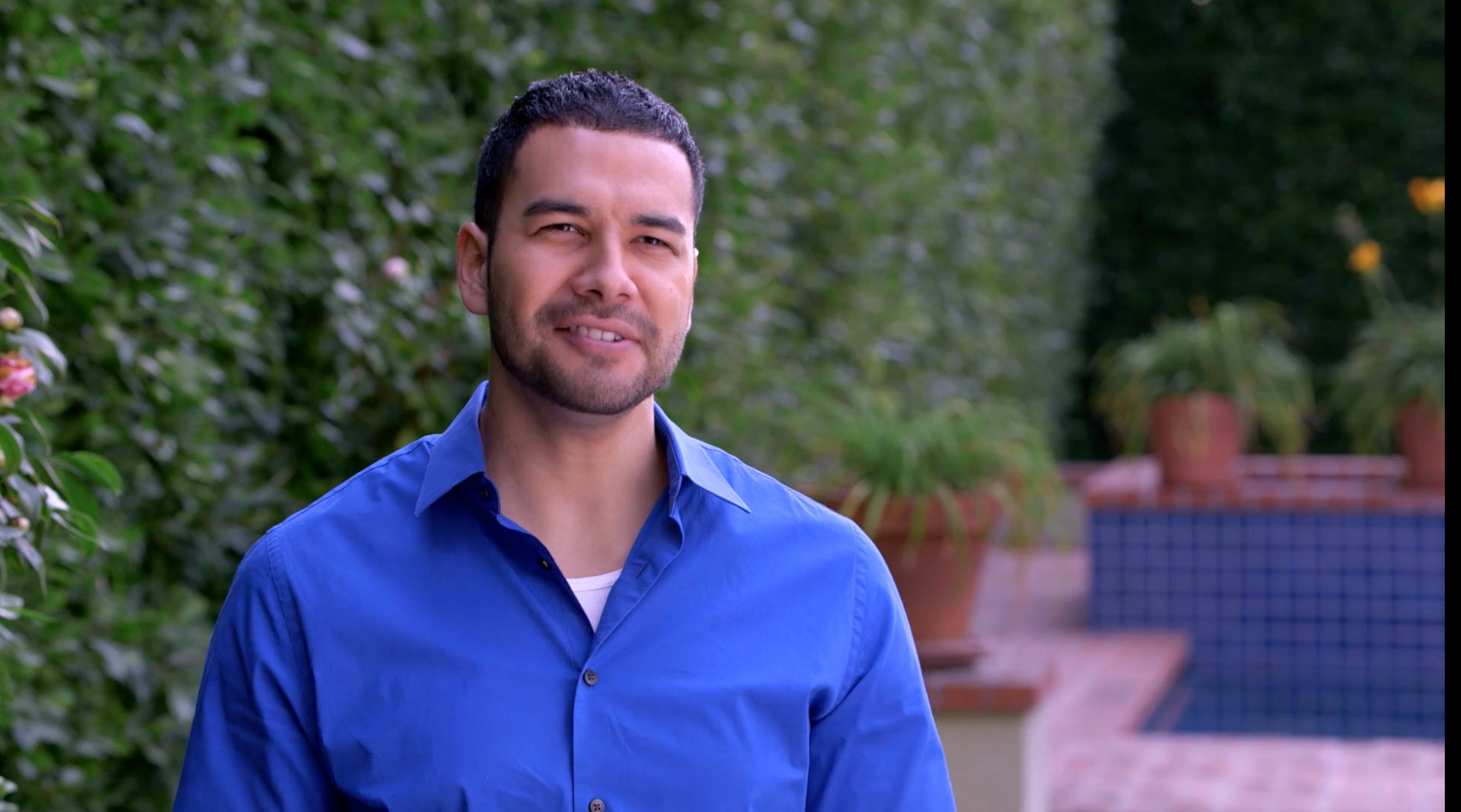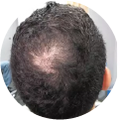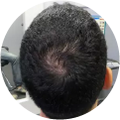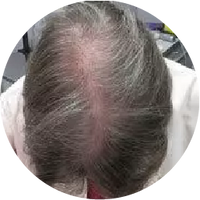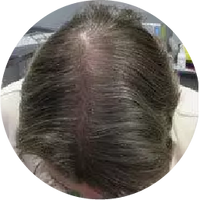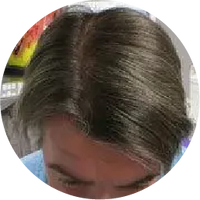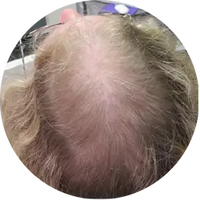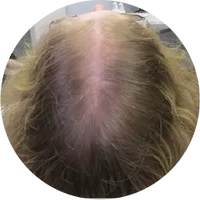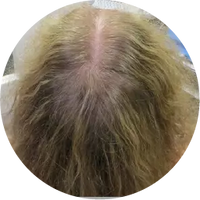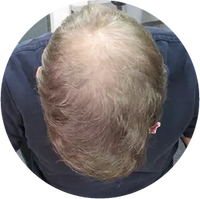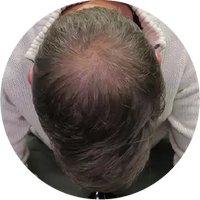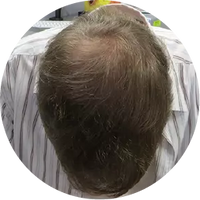
Growing up, you most likely heard varying and contradictory advice about how you should take care of your hair and what as well as tips to make it grow healthy and strong. However, between the countless tips and tricks, the one thing that is often overlooked is the hair growth cycle.

Imagine trees that bloom in spring, but release their leaves in the fall, only to repeat the pattern every season. This transitional process is similar to what the hair goes through but in a shorter span of time. While the cycle remains the same for everyone, the time during and between hair growth stages may differ from person to person.
After a while, it can become difficult to differentiate between what’s fact and what’s fiction. To dispel common hair myths, we are here to answer some of the most frequently asked questions.

Q1). How does hair grow?
There is a three-stage cycle that moves between rest and growth periods. Hair growth begins in the anagen phase, or the growth phase, and lasts anywhere from 3-5 years. The anagen phase stage determines the length of your hair and will become shorter over time.
Q2). How quickly does hair grow?
On average, hair grows approximately a half an inch a month and experiences a faster growth rate during the summer than the winter. This means your hair could potentially grow six inches in a year if you didn’t get it cut or trimmed, and if you didn’t experience any excessive shedding or hair loss. Following the growth phase is the catagen phase, a transitional period that lasts a little over a week before the telogen phase or the resting phase.
Q3). How much hair loss is normal?
During the last hair growth phase known as the telogen phase, you will most likely notice more hair shedding. For the hair that falls out, the follicle is inactive for three months before the cycle is repeated. Since all follicles have individual growth cycles, your hair will not all fall out at once. Average shedding during this phase is up to 80 hairs a day. It may seem like a lot, but considering how many strands of hair your head has, this number is small and perfectly normal in comparison.
It’s important to know the basics of hair care and understand how hair growth works so you can identify any problems you have with your hair. Excessive shedding or unhealthy-looking hair may be symptomatic of a larger problem and should be addressed as soon as possible.
Any significant changes within the body may stunt hair growth and in some cases, lead to additional hair loss. Genetics and aging are two of the strongest contributing factors, but improper nutrition, prolonged illness, stress, and even pregnancy may lead to a disruption in the hair growth cycle.
If hair growth is compromised due to any of these factors, the hair may not grow as long as it used to, since your hairs will never be in a growing phase long enough to reach the length you prefer or are used to seeing. By learning about how the hair grows and what kind of preventative measures you can take to make sure the hair follicles are well-nourished, the healthier your hair will be.
There are plenty of myths many people believe that don’t support healthy hair growth. But, for every hair myth, there is a hair solution! Don’t let the myths discourage you. Learn the facts about hair growth and how to keep it looking its best.

Myth #1: Wearing a hat/cap makes hair fall out.
Whenever you wear a sunhat or baseball cap, you may notice strands of hair left behind after you take it off, or a few extra hairs may fall to the floor. If you have healthy hair, this minimal amount of hair shedding is normal, and your hair will regrow without any problems. Remember, on average, a person sheds up nearly 100 hairs a day! A few extra isn’t anything to be alarmed about. Feel free to don your favorite headwear without worrying that it’ll cause baldness.
Tip: It’s not wearing the hat that is the issue. It’s having a hat that fits too tightly. Make sure you choose headwear with a proper, loose fit that will prevent any constriction of blood flow or proper air circulation to the scalp. This will also make it more comfortable to wear.
Myth #2: Hair transplants fix balding for good.
Hair transplants are designed only to fill in the sections that are currently balding. When it comes to hair transplants, people wonder, how long does it take it to grow your hair out? The transplanted hair typically begins to fall out within 2 or 3 weeks after surgery with new growth becoming visible within a few months. Most people will see a little more than half of new hair growth in approximately six to nine months. As your hair continues to thin and fall out, you will need to continue receiving new transplants to keep a full head of hair.
Tip: Hair transplants are far more invasive than a hair regrowth treatment. Additionally, hair-growing medicine is often prescribed even after transplant surgery. Make sure to research all avenues. A hair regrowth treatment typically is a more successful and less invasive route to take.
Myth #3: Balding is a man’s problem.
Male pattern baldness is more common than balding in women. However, the levels at which women are experiencing thinning and balding is increasing. Genetics are the number one factor of baldness in men while women experience it due to other factors such as stress, illness, or other imbalances in the body. The truth is: anyone can experience baldness.
Tip: Knowing your family’s “hair history” will give you a good idea of what to expect regarding thinning or balding hair. If you are concerned about either, speak with a medical professional and learn early on what options there are to boost hair growth.
Myth #4: Everyone should shampoo their hair daily.
There is a lot of information available for proper hair care, but the important thing to note is that people have different hair types and lengths. Tips that apply to one person may not be helpful for the next. For example, a person with a particularly oily scalp may need to wash the hair daily to prevent buildup, while a person with a dry, itchy scalp might want to go a few days between washes or add in a deep conditioning treatment instead.
Tip: To prevent hair loss, choose a shampoo and conditioner formulated for your hair type and wash your hair a little less often. Too much shampooing can be rough on the hair and cause more harm than good.
Myth #5: Plucking a gray hair will make two more grow in its place.
When it comes to hair myths, this might be the number one we remember. Some people start getting gray hair or go completely gray in their 20s or early 30s, but most people will begin to experience some graying in their 50s. Aging is the biggest trigger, but stress, lifestyle, and ethnicity all can play a part in when you will get your first grays. Pulling out gray hairs doesn’t affect whether more will grow in its place, but doing this can be damaging to your hair follicles. An alternative is to touch up your natural hair color or learn to embrace the gray.
Tip: Studies have shown low vitamin B12 levels can cause a loss of hair pigment. Pack your diet with foods full of nutrients and vitamins not only for the sake of your hair color but also of your health!
Myth #6: Hair lightening or coloring causes damage.
It’s true, any chemicals added to the hair can lead to hair damage. In the past, bleaching components were used on hair to lighten the strands, which leads to hair looking “fried.” Now salons and beauty care companies are providing more organic products that don’t contain harsh chemicals or dyes. Additionally, conditioning elements included in most hair coloring treatments help protect the hair. Depending on how extreme you want to go with your hair color, talking to a professional first about how it will affect your hair’s strength is something you need to know before making an appointment.
Tip: Unless it’s hair color that washes out after a few shampoos, any hair coloring should be left to a pro. Also, using shampoo and conditioner specifically for color-treated hair will help keep your color in place longer, which means fewer trips to the salon.
Myth #7: More brushstrokes equal healthier hair.
For those who grew up watching The Brady Bunch, the oldest daughter, Marcia, was notorious about brushing her long hair at least 100 brushstrokes a night. In theory, it may seem like a good idea, but it can be damaging to the hair, especially if pulled too much at the root. It doesn’t make the hair any shinier if you brush through it ten times or 100.
Tip: People who experience tangled or knotted hair should work at the strands with a comb rather than trying to brush them out. This prevents extra breakage to the hair. Applying a leave-in conditioner to the hair first will help make this process much easier.
Myth #8: The hair doesn’t need sun protection, only the skin does.
The sun can wreak havoc on the hair making it dry and damaged in just one afternoon of sun exposure. The scalp is also susceptible to sun damage and can burn if sunscreen isn’t applied. Not only do locks look unhealthy without proper protection from the sun, but it can cause breakage as well.
Tip: If you know you’ll be out in the sun all day, wear a loose-fitting hat and make sure to apply sunscreen to the exposed scalp.
Myth #9: Not everyone can have a full, healthy head of hair.
Not true! Some people are gifted with good genetics, which allows their hair to grow in full and healthy month after month. Others, however, may experience significant hair loss either temporarily or on a more gradual, but permanent basis. Hair regrowth treatments like ScalpMed allow for anyone who wishes to have fuller hair achieve it regardless of genetics or other hair growth setbacks.
Tip: Take advantage of the developments in science and technology to address your hair concerns.












